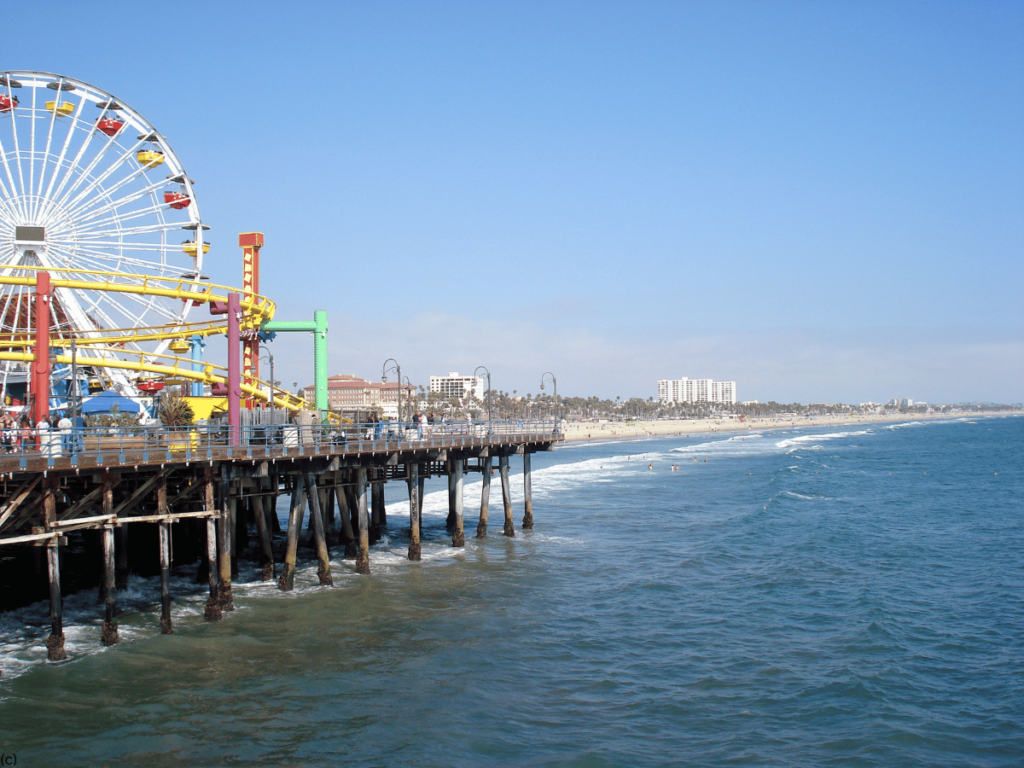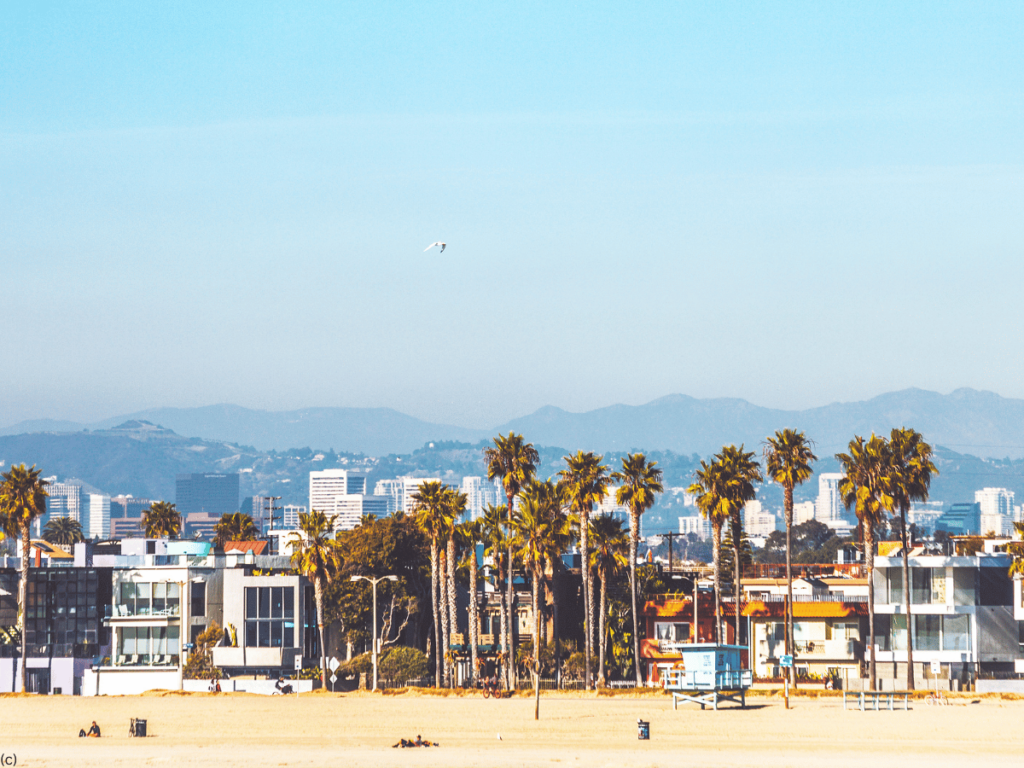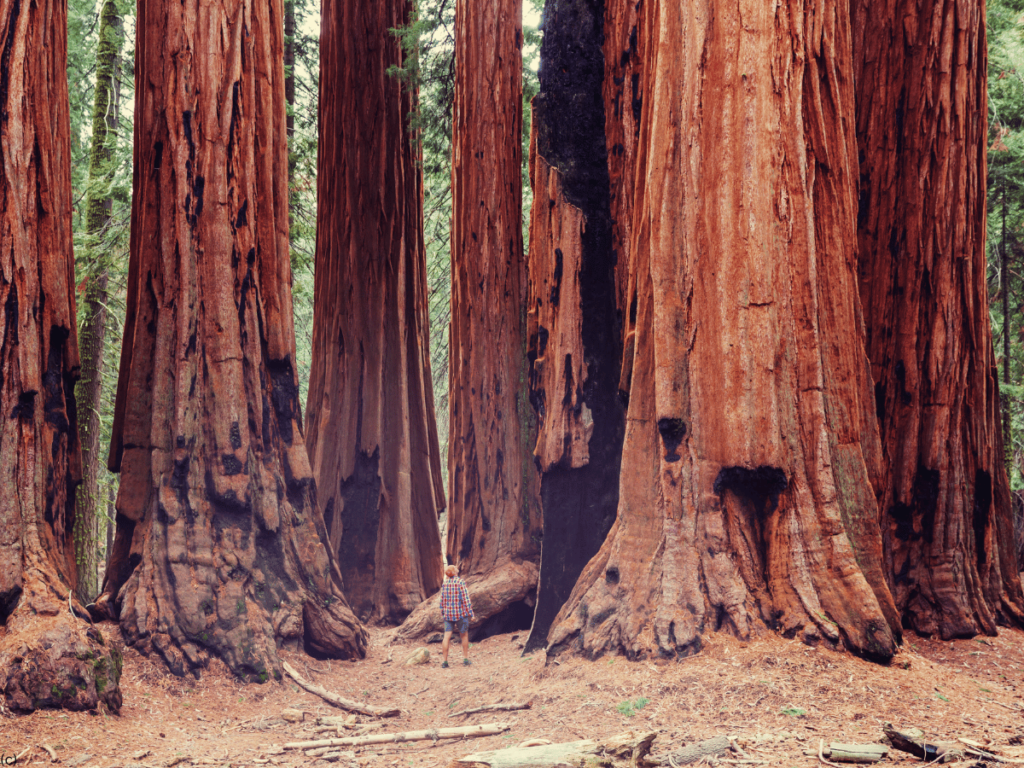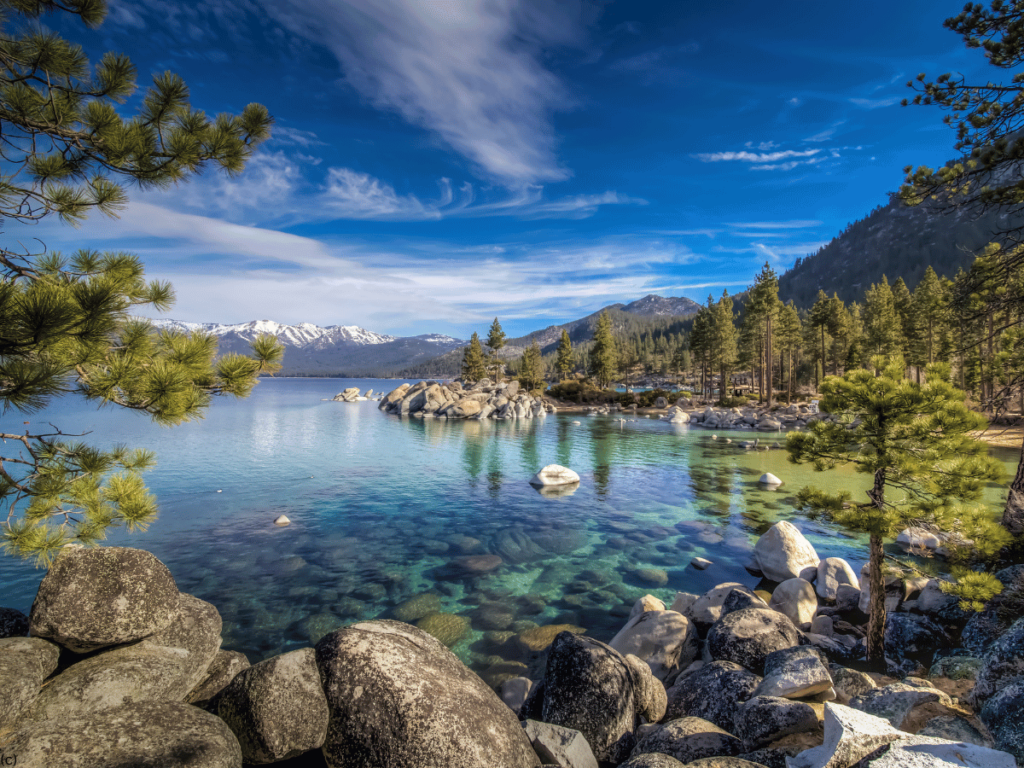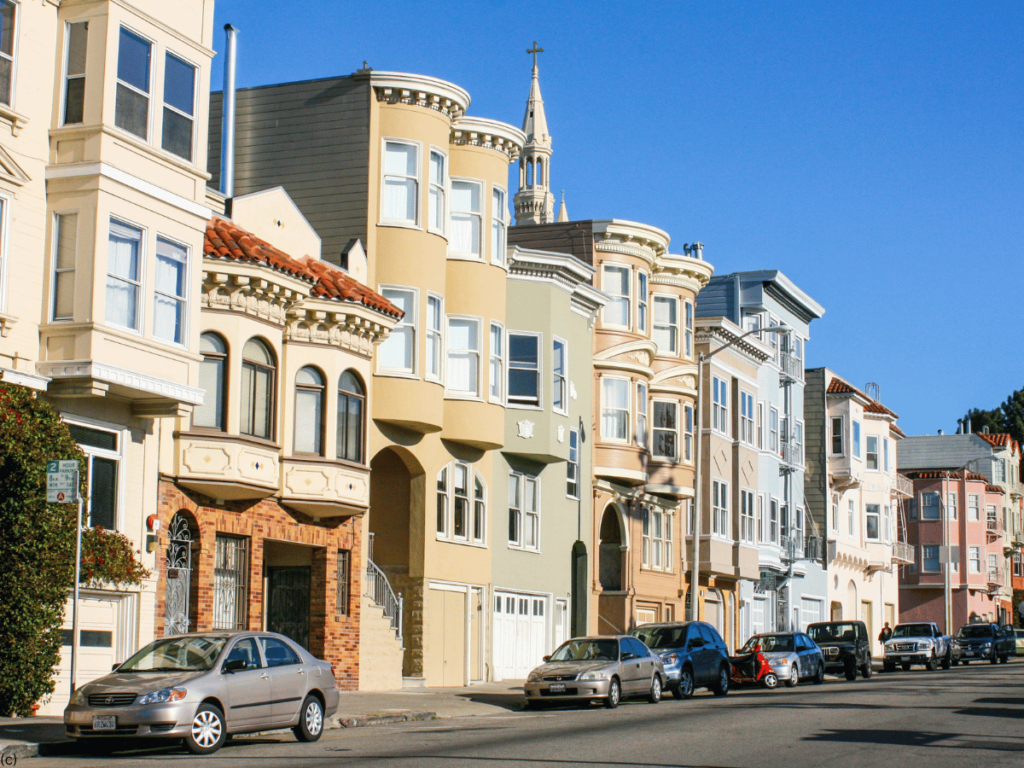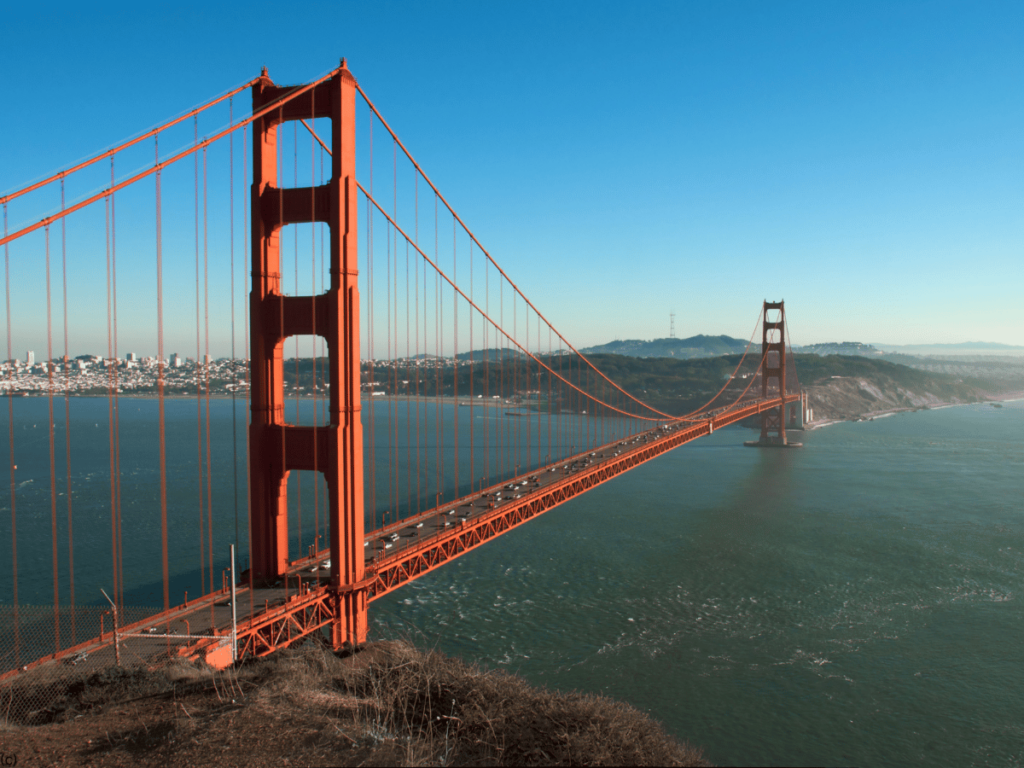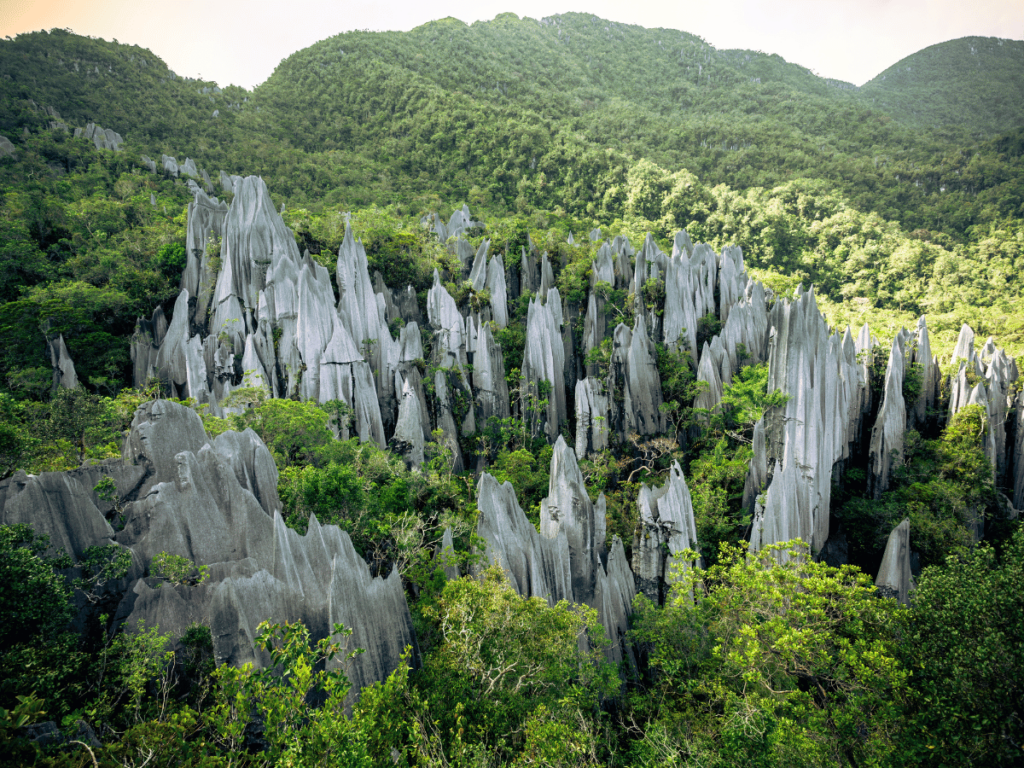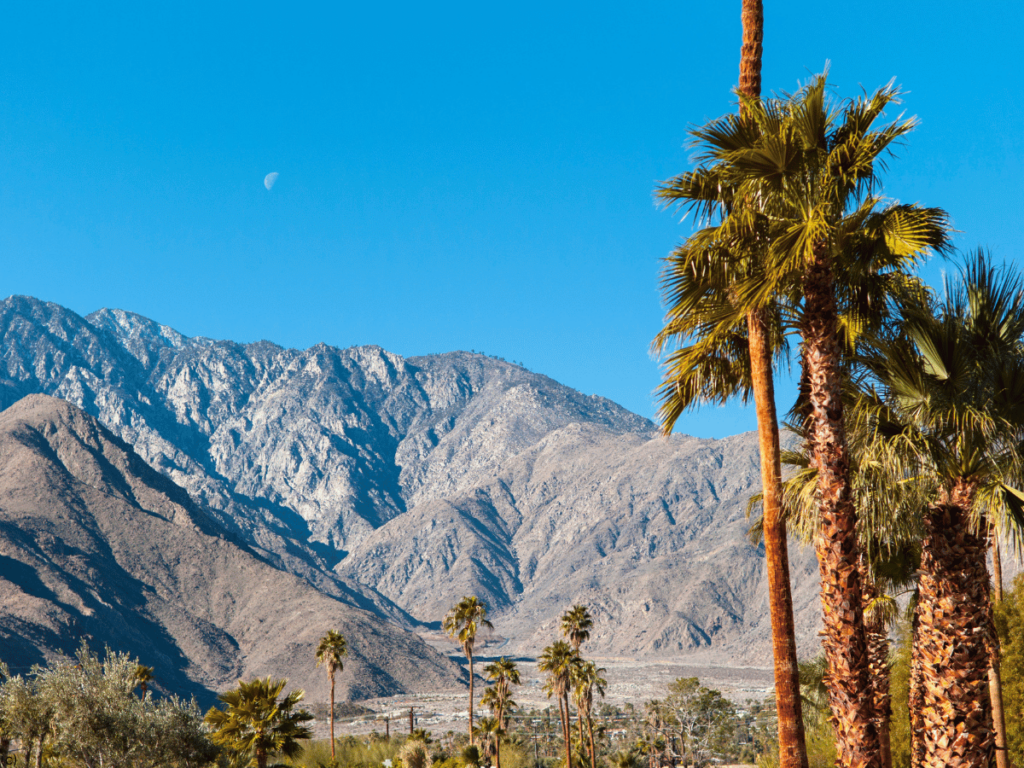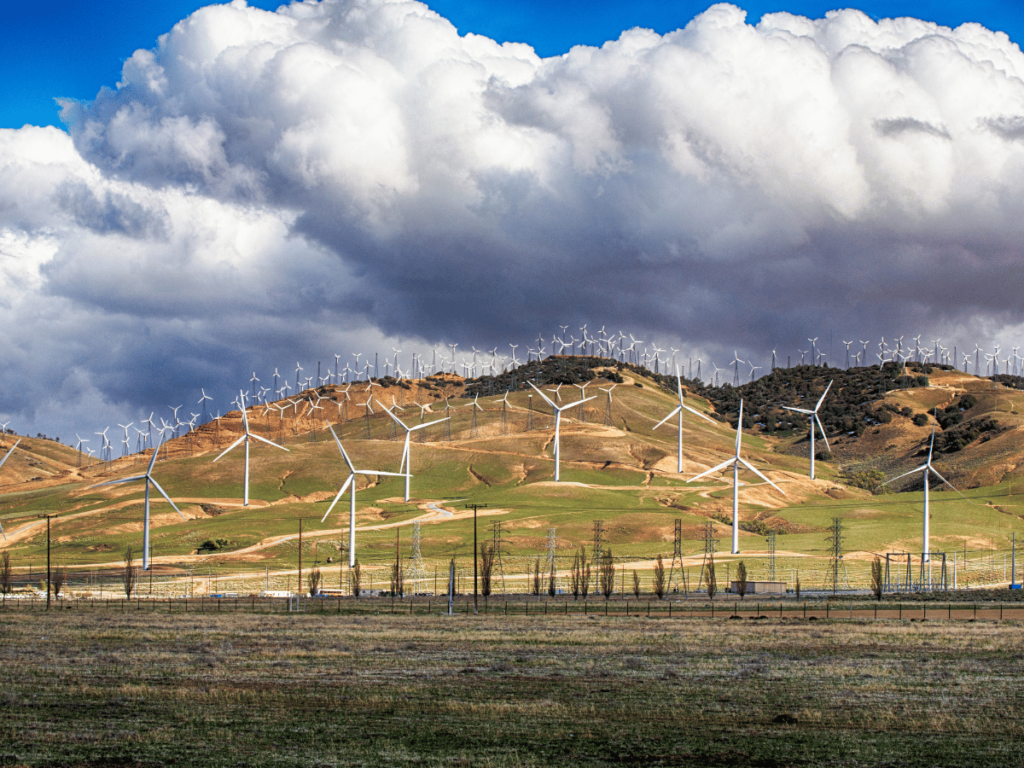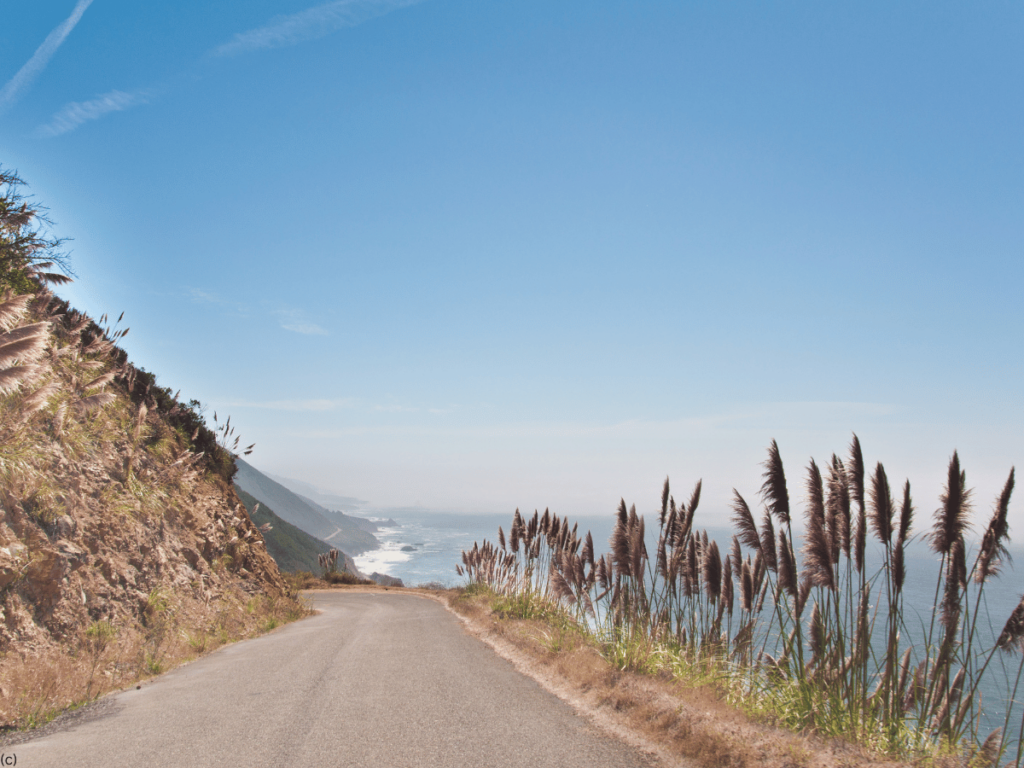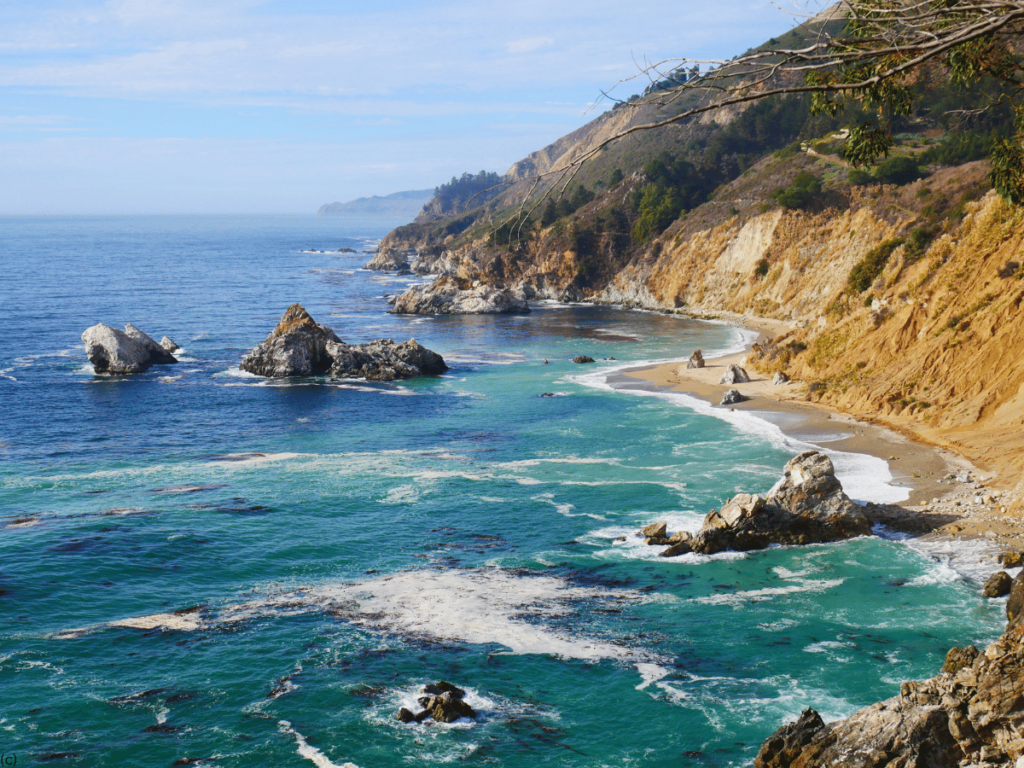
A road trip through California is a dream for many travelers, offering a diverse mix of natural wonders, vibrant cities, and cultural experiences that are hard to match. From the stunning coastline of the Pacific to the majestic peaks of the Sierra Nevada, California’s landscapes are as varied as they are breathtaking. Whether you’re planning to explore the famous Pacific Coast Highway, venture into the deserts of Southern California, or hike through the towering redwoods in the north, this guide provides comprehensive tips and advice to help you make the most of your Californian road trip.
1. Choose Your Route Wisely
California is a big state with diverse regions, so it’s essential to plan your route based on your interests and the time you have available. Here are some iconic routes and regions to consider:
- Pacific Coast Highway (Highway 1): This is one of the most famous road trips in the world, stretching from Dana Point in Southern California to Leggett in the north. The most scenic portion is between Los Angeles and San Francisco, where you’ll pass through charming coastal towns like Santa Barbara, Big Sur, and Monterey.
- Northern California and the Redwoods: Start in San Francisco and head north to explore the towering redwoods in Redwood National and State Parks. You can also visit the wine country in Napa Valley and Sonoma or explore the rugged coastline of Mendocino.
- Sierra Nevada and Yosemite: If you’re a nature lover, consider a trip through the Sierra Nevada mountains. Visit Yosemite National Park, explore Lake Tahoe, and take a detour to see the ancient bristlecone pines in Inyo National Forest.
- Southern California and the Desert: Start in Los Angeles and head east to explore the deserts of Joshua Tree National Park, the unique formations in Anza-Borrego Desert State Park, and the quirky art installations at Salvation Mountain.
- Wine Country: If you’re a fan of wine, consider a route through California’s famous wine regions, including Napa Valley, Sonoma County, and Paso Robles. This route also offers stunning vineyard views and opportunities for wine tasting.
2. Timing is Everything
California’s climate varies greatly depending on the region and time of year, so timing your road trip is crucial:
- Spring (March to May): Spring is one of the best times for a Californian road trip, especially if you plan to visit the deserts (when wildflowers are in bloom) or the central coast. Temperatures are mild, and the landscapes are lush.
- Summer (June to August): Summer is peak tourist season, especially along the coast and in national parks like Yosemite. Expect larger crowds and higher prices. However, if you’re planning to explore the northern parts of California or the Sierra Nevada, summer offers the best weather.
- Fall (September to November): Fall is an excellent time for a road trip in California, especially in the wine country, where the grape harvest creates a festive atmosphere. The weather is still warm, and the summer crowds have thinned out.
- Winter (December to February): Winter is the off-season for many parts of California, but it’s a great time to visit the desert regions or hit the ski slopes in the Sierra Nevada. Coastal areas like Big Sur remain temperate, though rain is more likely.
3. Packing Essentials
Packing for a California road trip requires some thoughtful planning due to the state’s diverse climates and landscapes. Here are some essentials to consider:
- Layered Clothing: California’s weather can be unpredictable, especially along the coast and in the mountains. Bring layers that you can add or remove as the temperature changes.
- Sun Protection: The California sun can be intense, especially in the desert and during the summer months. Pack sunscreen, sunglasses, and a hat to protect yourself.
- Comfortable Footwear: You’ll likely be doing a lot of walking, whether it’s exploring cities, hiking in national parks, or strolling along the beach. Comfortable shoes are a must.
- Navigation Tools: While your smartphone will likely be your primary navigation tool, it’s a good idea to have a physical map as a backup, especially in areas with poor cell service like parts of the Sierra Nevada and Northern California.
- Reusable Water Bottle: Staying hydrated is crucial, especially if you’re traveling through the deserts or hiking. A reusable water bottle is eco-friendly and practical.
- Camera: California is incredibly photogenic, so don’t forget a good camera or smartphone with plenty of storage to capture the stunning landscapes and memorable moments.
- Emergency Kit: Always carry an emergency kit in your car that includes a first-aid kit, a flashlight, basic tools, and extra food and water. Also, make sure your spare tire is in good condition.
4. Accommodation Options
California offers a wide range of accommodation options to suit every budget and travel style. Here are some popular choices:
- Hotels and Motels: From luxury resorts to budget motels, California has a wide variety of hotels. Coastal cities like San Francisco, Los Angeles, and San Diego have plenty of options, but book in advance during peak seasons.
- Vacation Rentals: Websites like Airbnb and Vrbo offer unique stays, from beachside cottages to mountain cabins. This can be a great option if you’re traveling with a group or want a more home-like experience.
- Camping: If you’re exploring California’s natural beauty, camping can be a fantastic way to immerse yourself in the environment. Popular spots include Yosemite National Park, Big Sur, and the Redwoods. Many campgrounds require reservations, so book early.
- Glamping: For a more luxurious outdoor experience, consider glamping (glamorous camping). California has many glamping sites, offering amenities like comfortable beds, private bathrooms, and even gourmet meals.
- Hostels: If you’re traveling on a budget, hostels are a great option, especially in cities. California has many high-quality hostels in locations like San Francisco, Los Angeles, and along the coast.
5. Food and Dining
California is a food lover’s paradise, offering a diverse culinary scene that reflects the state’s multicultural population. Here are some tips to enjoy the best of California’s food:
- Farm-to-Table Dining: California is known for its fresh, locally-sourced ingredients. Many restaurants, especially in Northern California and along the coast, focus on farm-to-table dining. Don’t miss the chance to visit a farmers’ market and sample some local produce.
- Seafood: The coastal regions of California offer some of the freshest seafood in the country. Try clam chowder in a bread bowl in San Francisco, fish tacos in San Diego, or fresh oysters in Tomales Bay.
- Wine and Craft Beer: California is home to some of the world’s best wine regions. A visit to Napa Valley or Sonoma is a must for wine enthusiasts. Additionally, the craft beer scene in cities like San Diego, Los Angeles, and San Francisco is booming, offering a wide range of locally brewed beers.
- Ethnic Cuisine: California’s diverse population means you can find authentic ethnic cuisine from around the world. From Mexican tacos in Los Angeles to Chinese dim sum in San Francisco and Vietnamese pho in San Jose, the options are endless.
- Roadside Diners and Food Trucks: Don’t overlook the charm of roadside diners and food trucks. They often serve delicious, hearty meals and are perfect for a quick, budget-friendly bite.
6. Driving and Road Safety Tips
Driving in California can be both exhilarating and challenging, especially if you’re navigating winding coastal roads or busy city streets. Here’s how to stay safe:
- Know the Rules of the Road: California follows similar traffic laws to the rest of the U.S., but it’s essential to be aware of local nuances. For example, California has strict rules against using a handheld phone while driving. The speed limit on most highways is 65 mph, but it can vary, so always pay attention to road signs.
- Be Prepared for Tolls: Some highways, bridges, and tunnels in California require tolls, especially in the Bay Area. Make sure you have cash or a toll pass like FasTrak to avoid delays.
- Parking: Parking in cities like San Francisco and Los Angeles can be challenging and expensive. Look for public parking garages, use parking apps to find spots, or consider leaving your car and using public transportation or rideshares.
- Gas Stations: Gas stations are plentiful in California, but prices can be high, especially in remote areas or along popular tourist routes. Apps like GasBuddy can help you find the cheapest fuel along your route.
- Emergency Preparedness: Always carry an emergency kit in your car, including a spare tire, jumper cables, and extra food and water. Make sure your vehicle is in good condition before setting out, especially if you plan to drive through remote areas like the deserts or mountains.
- Traffic: Traffic can be intense, especially in cities like Los Angeles and San Francisco. Try to avoid driving during rush hours (7-10 AM and 4-7 PM) and use navigation apps like Google Maps or Waze to find the best routes.
7. Explore Beyond the Tourist Spots
While California’s major attractions like Yosemite, Disneyland, and the Golden Gate Bridge are must-sees, don’t miss the opportunity to explore some of the lesser-known gems:
- Pinnacles National Park: Located in Central California, this park offers stunning rock formations, caves, and great hiking opportunities without the crowds of Yosemite.
- Mount Shasta: This volcanic peak in Northern California is a haven for outdoor enthusiasts, offering hiking, skiing, and spiritual retreats.
- Channel Islands National Park: Just off the coast of Southern California, this group of islands offers pristine natural beauty, with opportunities for kayaking, snorkeling, and wildlife watching.
- Salvation Mountain: Located in the Colorado Desert near the Salton Sea, this colorful, hand-painted mountain is a unique art installation and a must-see for those traveling through Southern California.
- Lassen Volcanic National Park: This park in Northern California is home to geothermal features like boiling springs and fumaroles, as well as beautiful alpine lakes and meadows.
8. Cultural Experiences
California is not just about beautiful landscapes; it’s also a cultural melting pot with a rich history and vibrant arts scene. Here are some cultural experiences to consider:
- Hollywood: No trip to California is complete without a visit to Hollywood. Take a studio tour, walk along the Hollywood Walk of Fame, and maybe even catch a live taping of a TV show.
- San Francisco’s Museums and Landmarks: Visit the San Francisco Museum of Modern Art (SFMOMA), explore the historic Alcatraz Island, or take a stroll through Chinatown.
- Monterey and Carmel-by-the-Sea: Explore the historic cannery row in Monterey, visit the world-class Monterey Bay Aquarium, or stroll through the art galleries and boutique shops in Carmel.
- Santa Barbara: Known as the “American Riviera,” Santa Barbara offers a blend of Spanish colonial history, beautiful beaches, and a thriving wine scene.
- Palm Springs: Explore mid-century modern architecture, relax at a luxury spa, or take a day trip to nearby Joshua Tree National Park.
9. Environmental Responsibility
California is a leader in environmental conservation, and as a traveler, it’s important to minimize your impact on the environment:
- Leave No Trace: Follow the Leave No Trace principles, especially when visiting natural areas. This means packing out all trash, staying on trails, and respecting wildlife.
- Use Reusable Items: Bring a reusable water bottle, shopping bags, and utensils to reduce plastic waste. Many areas in California have banned single-use plastics.
- Support Local and Sustainable Businesses: Choose accommodations, restaurants, and tour operators that prioritize sustainability. Many California businesses are committed to eco-friendly practices.
- Conserve Water: California has experienced severe droughts in recent years. Conserve water by taking shorter showers, turning off the tap while brushing your teeth, and reusing towels in hotels.
10. Capturing Memories
A road trip through California will provide countless photo opportunities and memories that you’ll want to preserve:
- Photography Tips: The golden hour (just after sunrise and before sunset) offers the best lighting for photography, especially along the coast. Don’t forget to take panoramic shots to capture the full beauty of California’s landscapes.
- Journaling: Consider keeping a travel journal to document your experiences, thoughts, and the people you meet along the way. It’s a great way to reflect on your journey.
- Souvenirs: Look for unique, locally-made souvenirs that reflect the places you’ve visited, whether it’s a bottle of wine from Napa Valley, a piece of art from a local gallery, or a handcrafted item from a small town.
11. Plan for the Unexpected
Even with the best planning, road trips often come with unexpected challenges and surprises. Here’s how to handle them:
- Flexibility: Be prepared to adjust your plans if necessary. Weather, road closures, or even just discovering a place you want to spend more time can require a change of itinerary.
- Backup Plans: Have a few backup destinations or activities in mind in case something doesn’t go as planned. This is especially important in areas where weather conditions can change quickly, like the Sierra Nevada or the coast.
- Stay Calm and Positive: Road trips are as much about the journey as the destination. Embrace the unexpected and enjoy the adventure, even if things don’t go exactly as planned.
A road trip through California is an unforgettable experience, offering a mix of stunning natural landscapes, vibrant cities, and rich cultural experiences. Whether you’re exploring the rugged coastline of Big Sur, hiking through the majestic Sierra Nevada, or sipping wine in Napa Valley, California has something for every traveler. By planning ahead, packing smart, and staying flexible, you can make the most of your Californian road trip and create memories that will last a lifetime. Safe travels!
